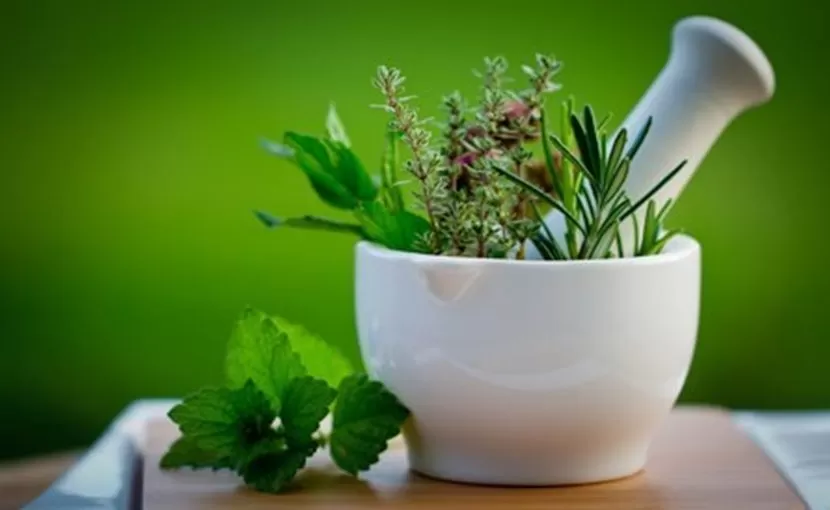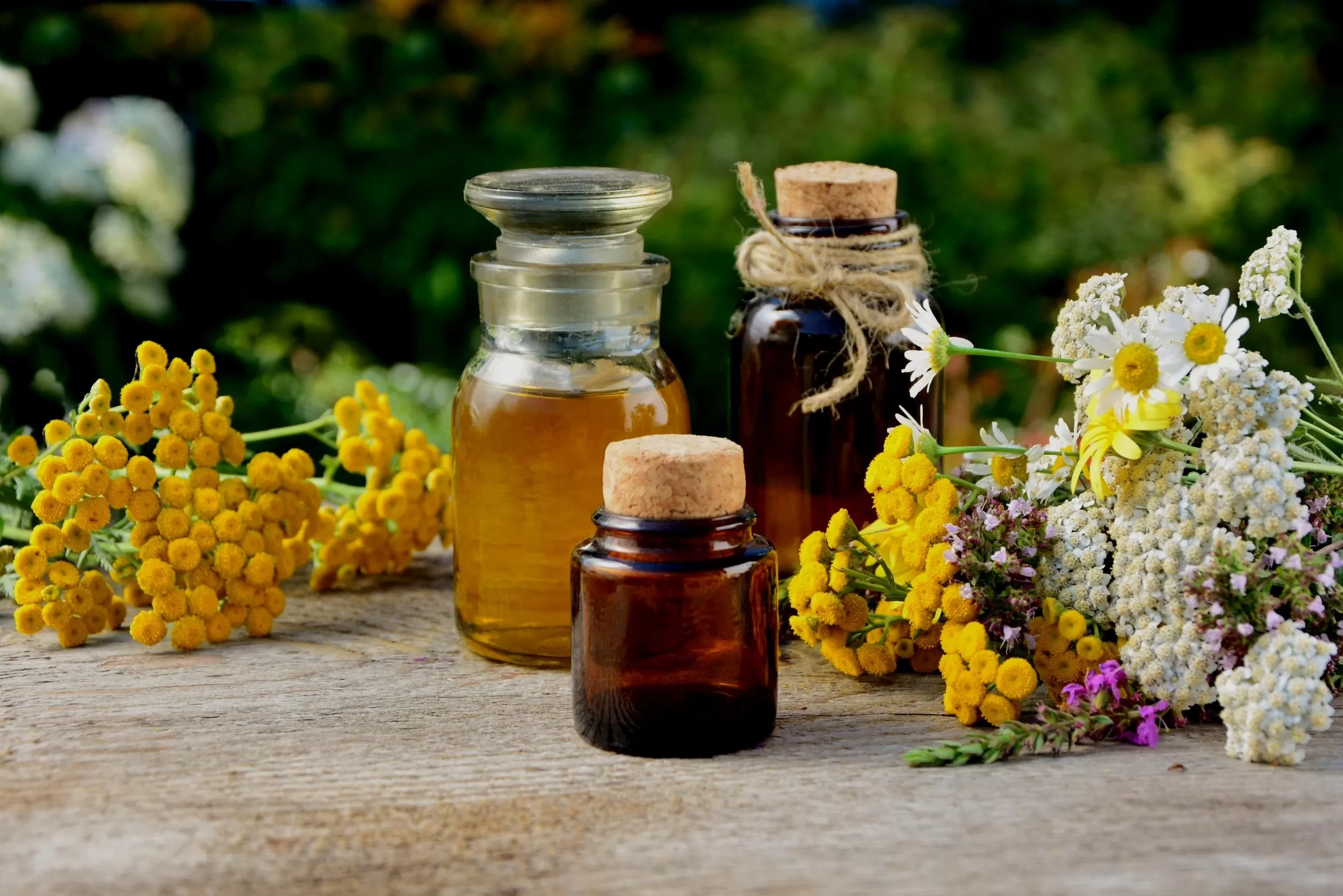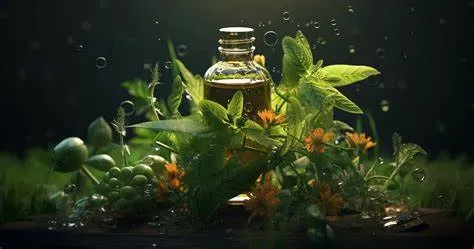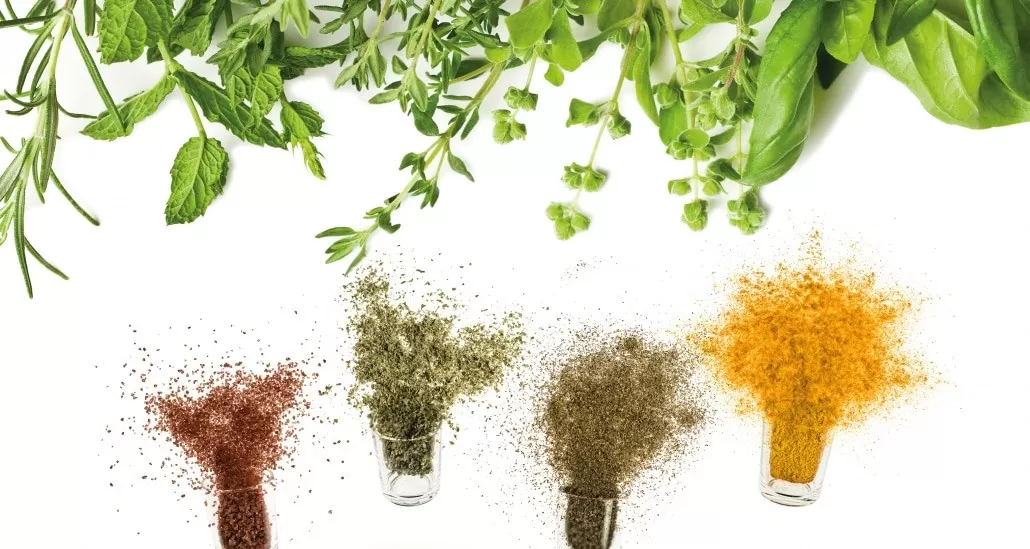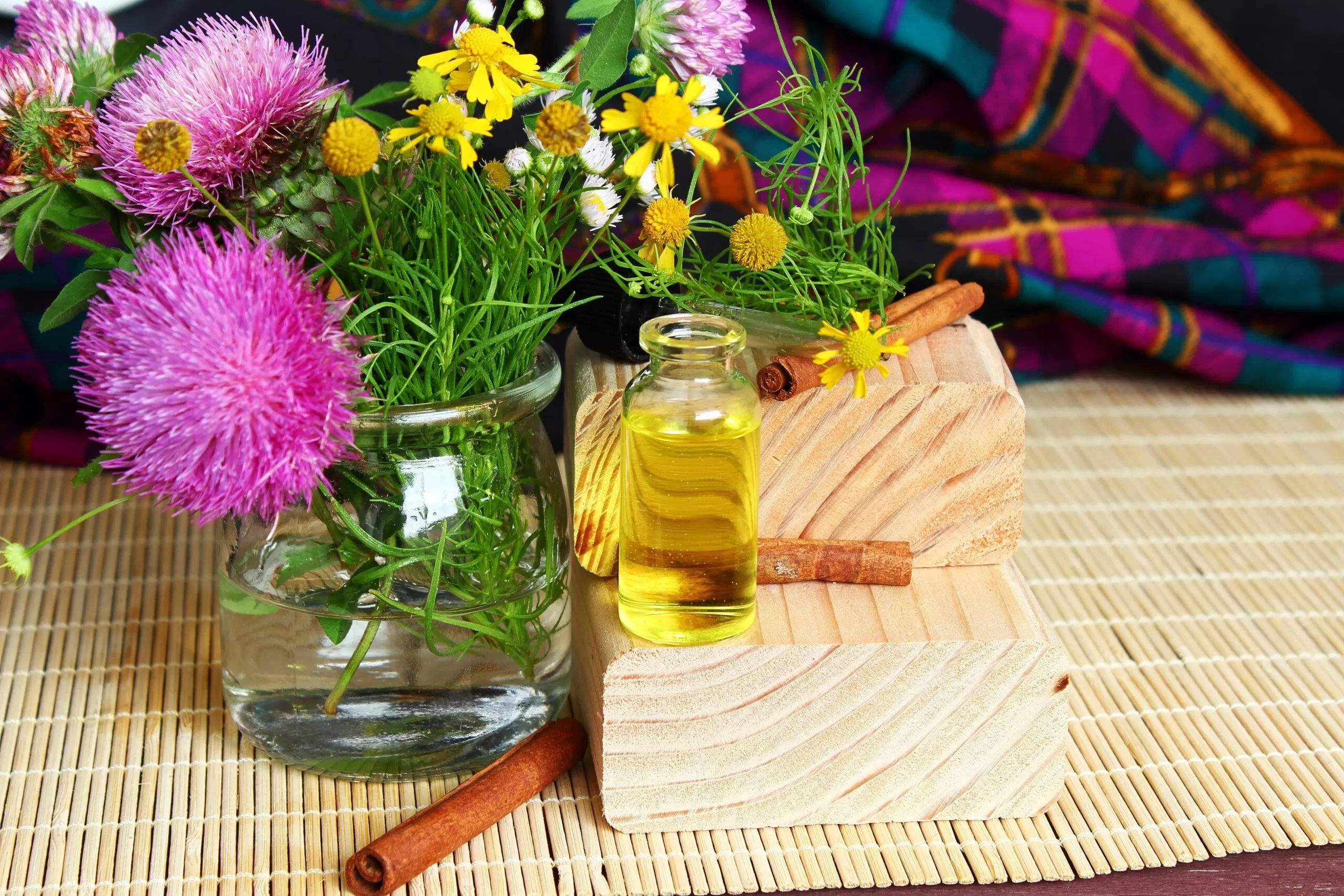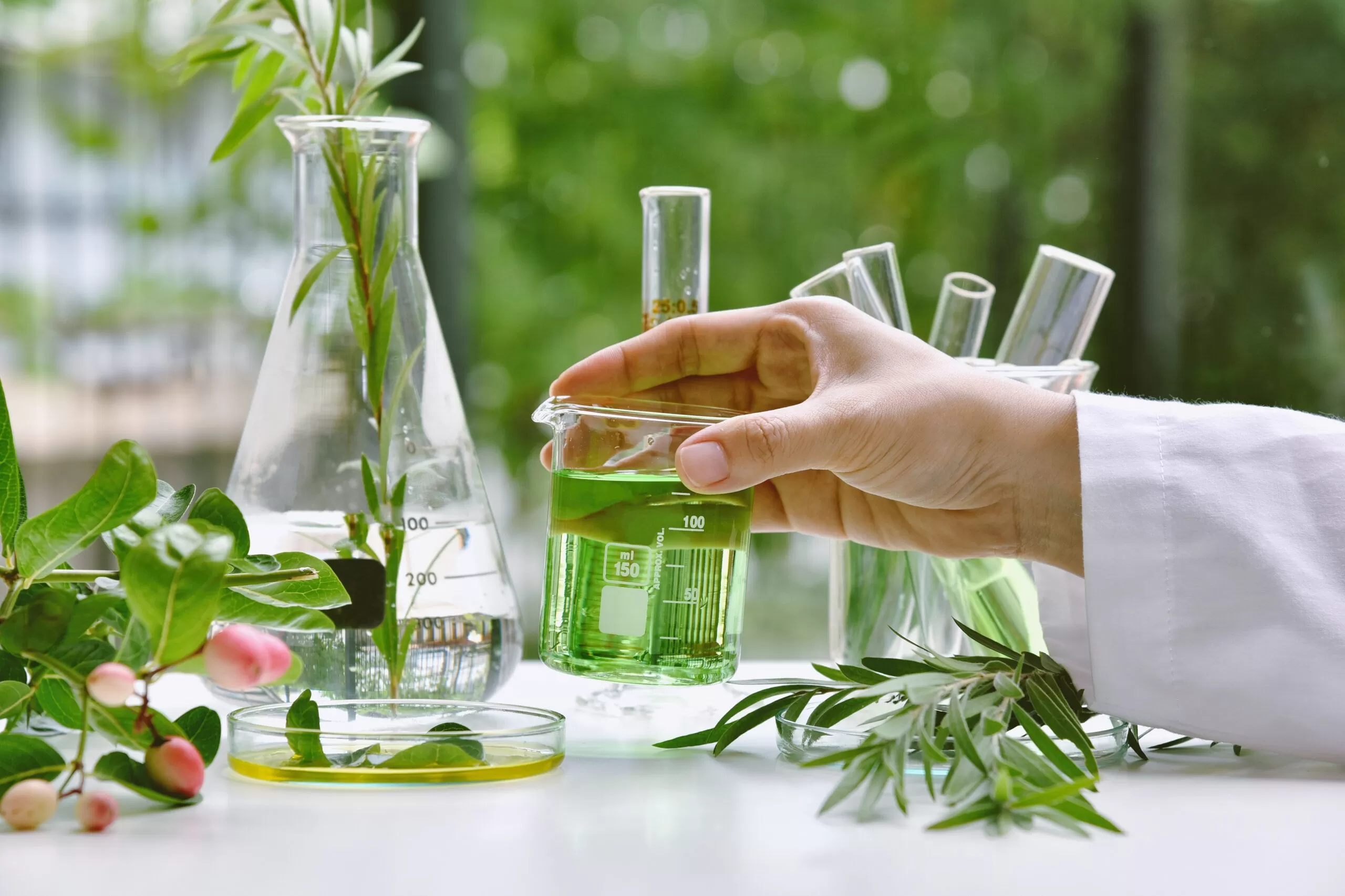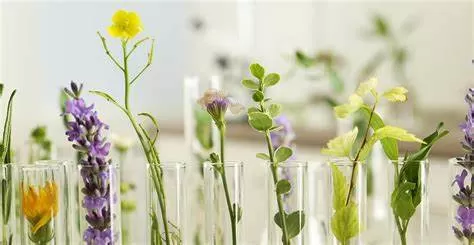- 0086-571-85302990
- sales@greenskybio.com
Are Herbal Extracts Safe? Navigating the Efficacy and Risks
2025-04-13
Herbal extracts have been used for centuries in traditional medicine systems worldwide, from Ayurveda and Traditional Chinese Medicine to Indigenous American practices. These concentrated forms of botanicals are celebrated for their natural healing properties, providing remedies for a range of ailments. However, amidst increasing popularity, questions about the safety of herbal extracts have become pertinent. Are herbal extracts truly safe, and what considerations should consumers be aware of?
Understanding Herbal Extracts
Herbal extracts are derived from plants, encompassing roots, leaves, flowers, or seeds. The extraction process can utilize water, alcohol, or other solvents to concentrate the active constituents. These extracts offer a convenient way to access the medicinal properties of herbs in stable, easily dosed forms, such as tinctures, capsules, or powders.
Benefits of Herbal Extracts
The appeal of herbal extracts lies in their potential health benefits and natural origins. Many people turn to herbal remedies seeking alternatives to synthetic pharmaceuticals, attracted by the promise of fewer side effects and holistic healing.
Some well-known herbal extracts include:
- Echinacea: Often used to boost the immune system and reduce the duration of colds and flu.
- St. John’s Wort: Popular for its use in mild depression and anxiety.
- Turmeric (Curcumin): Valued for its anti-inflammatory properties, used in supporting joint and cardiovascular health.
These extracts have gained recognition for their therapeutic potential, supported by both anecdotal evidence and scientific studies that explore their efficacy in various health conditions.
Safety Concerns
Despite their natural origin, herbal extracts are not inherently free from risks. Various factors can impact their safety:
1. Quality and Purity: The production quality of herbal extracts varies significantly between manufacturers. Contamination with heavy metals, pesticides, or adulterants can occur, especially in products sourced from regions with lax regulations.
2. Standardization and Dosage: Inconsistent concentrations of active ingredients can lead to variability in efficacy and safety. Unlike pharmaceuticals that undergo rigorous standardization, herbal extracts might differ from batch to batch, making dosing challenging.
3. Interactions with Medications: Herbal extracts can interact with prescription medications, potentially altering their effects. For example, St. John’s Wort can reduce the efficacy of oral contraceptives and anti-retroviral drugs, posing significant risks for individuals on these medications.
4. Individual Reactions: People may experience allergic reactions or side effects from herbal extracts. While some individuals tolerate a particular extract well, others may develop adverse symptoms such as gastrointestinal upset, headaches, or skin rashes.
5. Lack of Regulation: Many countries do not have strict regulations governing the safety and efficacy of herbal extracts. The lack of oversight can lead to misleading labeling, variability in product quality, and insufficient consumer information.
Navigating Safety
To ensure the safe use of herbal extracts, consumers can follow several guidelines:
- Consult Healthcare Providers: Always discuss the use of herbal extracts with a healthcare professional, especially if you are pregnant, nursing, or taking other medications. Professional guidance can help mitigate interaction risks and inform safe usage.
- Research and Credibility: Choose products from reputable sources that provide transparency in sourcing, production, and ingredient lists. Look for certifications or endorsements from trusted organizations that uphold high quality standards.
- Start with Small Doses: When trying a new herbal extract, start with a small dose to monitor its effects on your body. Gradual introduction can help identify any adverse reactions early on.
- Educate Yourself: Invest time in learning about the specific herbal extract you plan to use, including its benefits, risks, potential interactions, and recommended dosages. Knowledge empowers safe decision-making.
Scientific Exploration and the Future
While traditional use of herbal extracts supports their efficacy anecdotally, scientific research continues to provide valuable insights into their safety and mechanisms of action. Studies are increasingly focusing on standardized preparations, aiming to define optimal dosages, identify active compounds, and understand interactions with other substances.
The future of herbal extracts lies in integrating traditional wisdom with modern scientific rigor, enhancing safety profiles and maximizing therapeutic benefits. As more research unfolds, the potential for developing herbal medicines that align with modern healthcare standards grows.
Conclusion
Herbal extracts offer a bridge between nature and wellness, holding the potential to complement conventional medical approaches. However, navigating their safety requires diligence, informed decision-making, and respect for individual variability.
By acknowledging the risks, consulting knowledgeable sources, and advocating for greater regulatory oversight, the path toward safer and effective use of herbal extracts becomes clearer. The integration of scientific validation with traditional knowledge ensures that as consumers embrace the benefits of herbal extracts, they do so confidently, aware of how to mitigate potential risks.
Ultimately, empowering consumers through education and regulation enhances the safe enjoyment of herbal extracts, fostering a balanced and mindful approach to natural health.
- ▶ Hesperidin
- ▶ citrus bioflavonoids
- ▶ plant extract
- ▶ lycopene
- ▶ Diosmin
- ▶ Grape seed extract
- ▶ Sea buckthorn Juice Powder
- ▶ Beetroot powder
- ▶ Hops Extract
- ▶ Artichoke Extract
- ▶ Reishi mushroom extract
- ▶ Astaxanthin
- ▶ Green Tea Extract
- ▶ Curcumin Extract
- ▶ Horse Chestnut Extract
- ▶ Other Problems
- ▶ Boswellia Serrata Extract
- ▶ Resveratrol Extract
- ▶ Marigold Extract
- ▶ Grape Leaf Extract
- ▶ blog3
- ▶ blog4
- ▶ blog5
-
What are extracts made of?
2025-04-13
-
Extract Usage: A Comprehensive Guide
2025-04-13
-
Are plant extracts good for you?
2025-04-13
-
What are plant-based extracts?
2025-04-13
-
What Is a Plant Extract? A Deep Dive
2025-04-13
-
Black Rice Extract
2025-04-13
-
Horse Chestnut Extract
2025-04-13
-
Polygonum Cuspidatum Extract
2025-04-13
-
Yohimbine Bark Extract
2025-04-13
-
Grape Seed Extract
2025-04-13
-
Giant Knotweed Extract
2025-04-13
-
Acai Berry Extract
2025-04-13
-
Acerola Juice Powder
2025-04-13
-
Tamarind extract powder
2025-04-13
-
Longan Extract
2025-04-13











